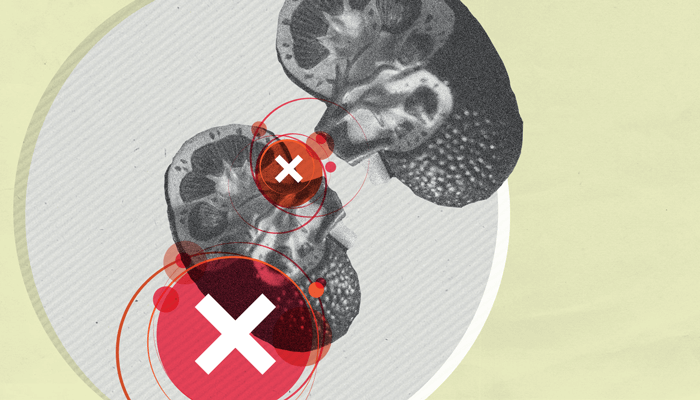
Chronic kidney disease (CKD) affects an estimated 15 percent of the US population (1) – and this percentage is only expected to grow in line with an aging population. Although there is evidence to indicate a relationship between aging biomarkers and CKD or end-stage kidney disease (ESKD), current investigations are limited by small scale sample sizes and cross-sectional designs.
As previous work had already highlighted the efficacy of retinal images for predicting kidney functions, researchers went in search of new, more powerful biomarkers to support future studies (2). Specifically, the team set out to explore the associations between the retinal age gap (RAG, defined as the gap between retina-predicted age and chronological age) and the risk of incident kidney failure.
Using the large prospective cohort of the UK Biobank study, the team studied a total of 80,169 images from 46,969 participants. In accordance with previous methods, 19,200 fundus images from participants without any reported previous disease were used to develop a deep learning model that accurately predicted chronological age in a healthy population. The remaining 35,864 participants with no history of kidney failure at baseline were used to investigate the relationship between RAG and incident kidney failure.
The results showed that for every year increase in retinal age gap, there was a corresponding 10 percent increase in the risk of incident kidney failure. Moreover, the risk of developing incident kidney failure in participants with a RAG in the fourth quartile was 2.77-fold higher than those in the lowest quartile. The authors conservatively note that their findings suggest that RAG could be a “promising noninvasive predictive biomarker for incident kidney failure.”
References
- Centers for Disease Control and Prevention, ‘Chronic Kidney Disease in the United States, 2021’ (2021). Available at: http://bit.ly/3m2yAgM.
- S Zhang et al., “Association of Retinal Age Gap and Risk of Kidney Failure: A UK Biobank Study,” Am J Kidney Dis, [Online ahead of print] (2022). PMID: 36481699.
